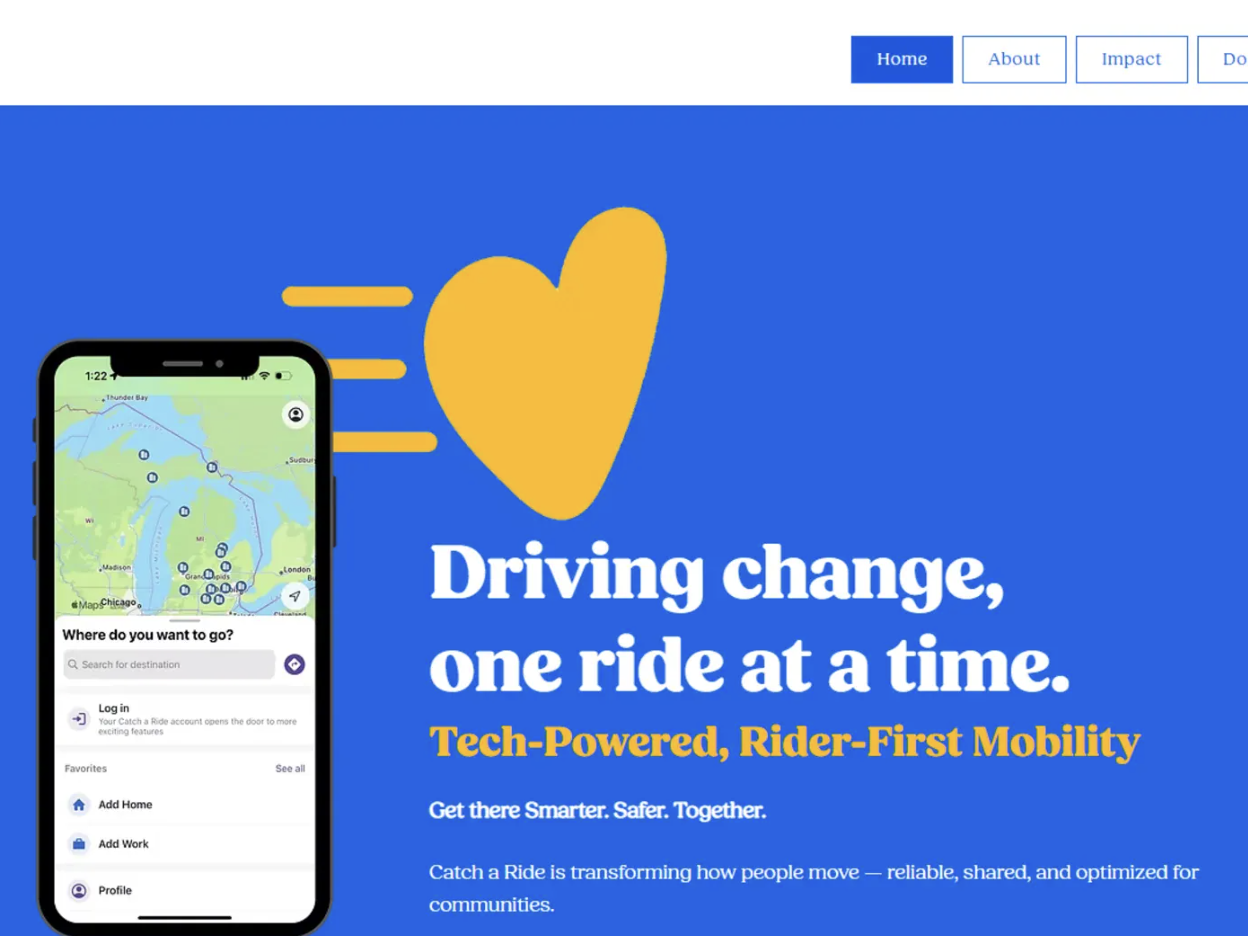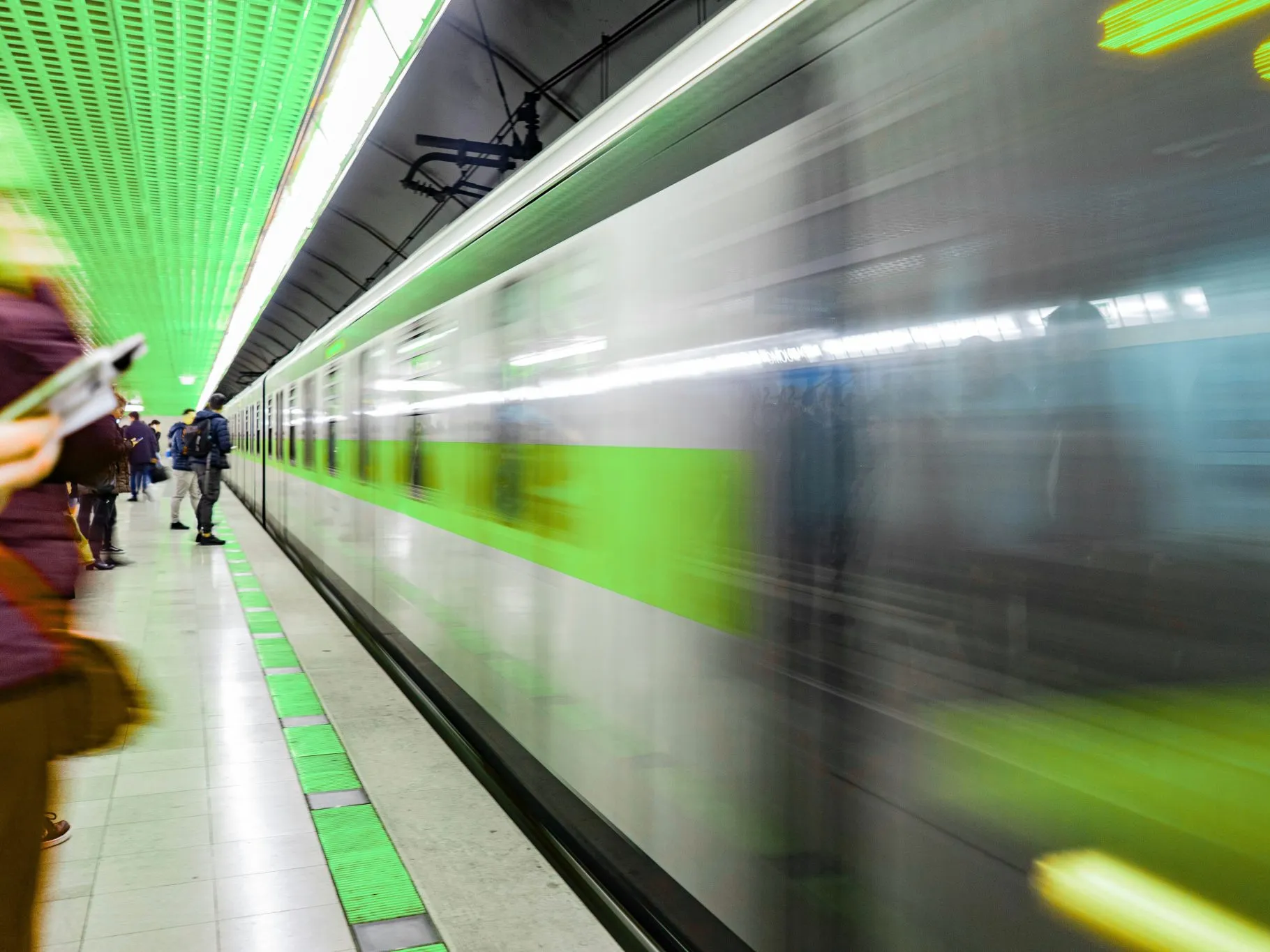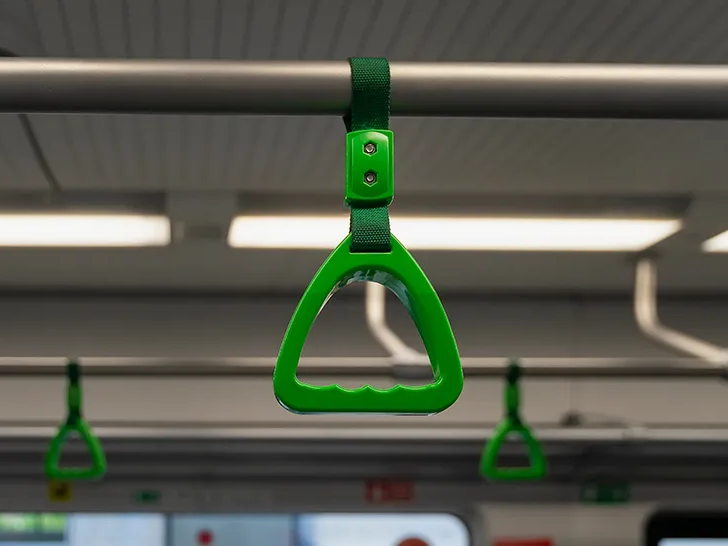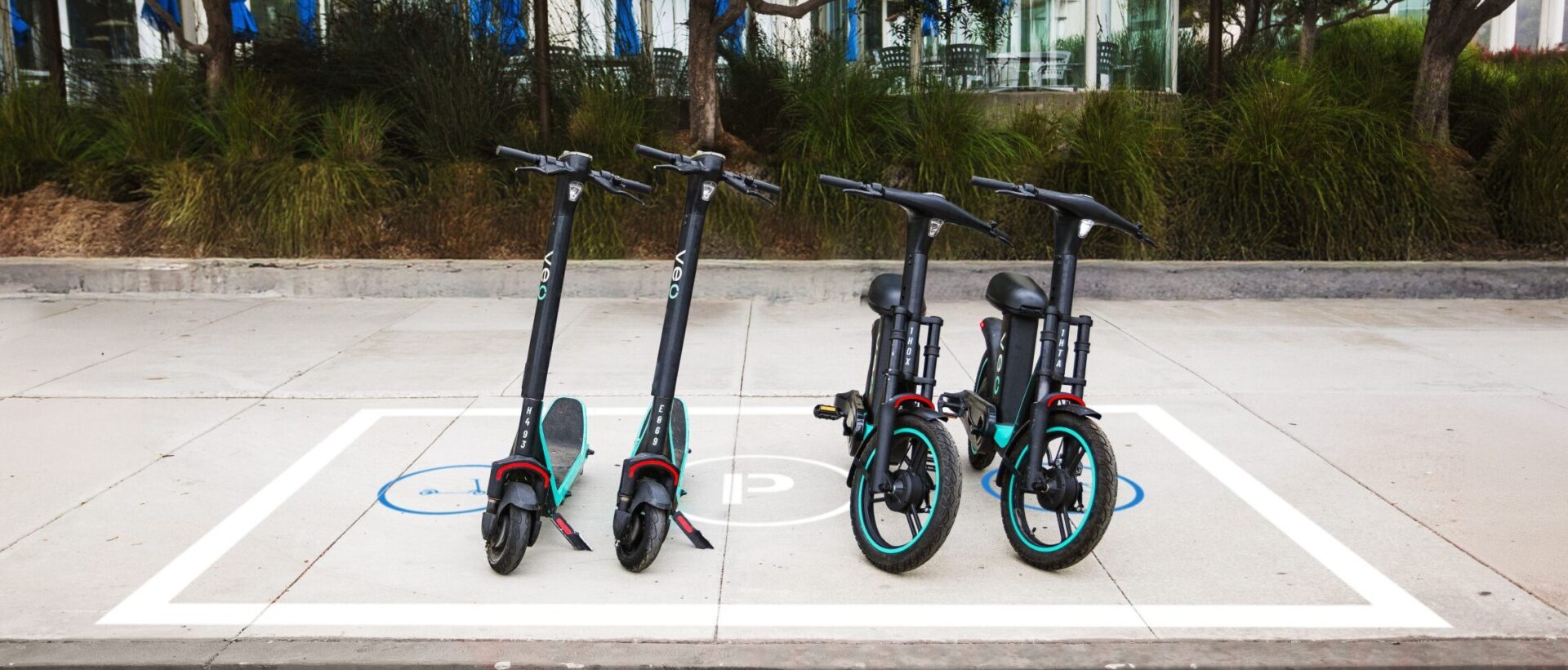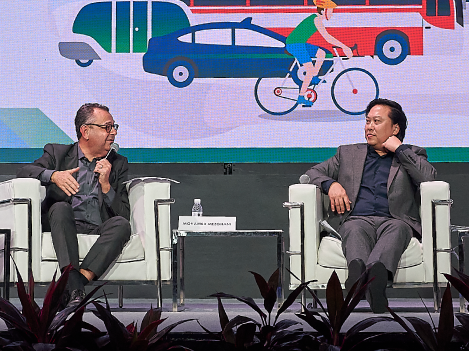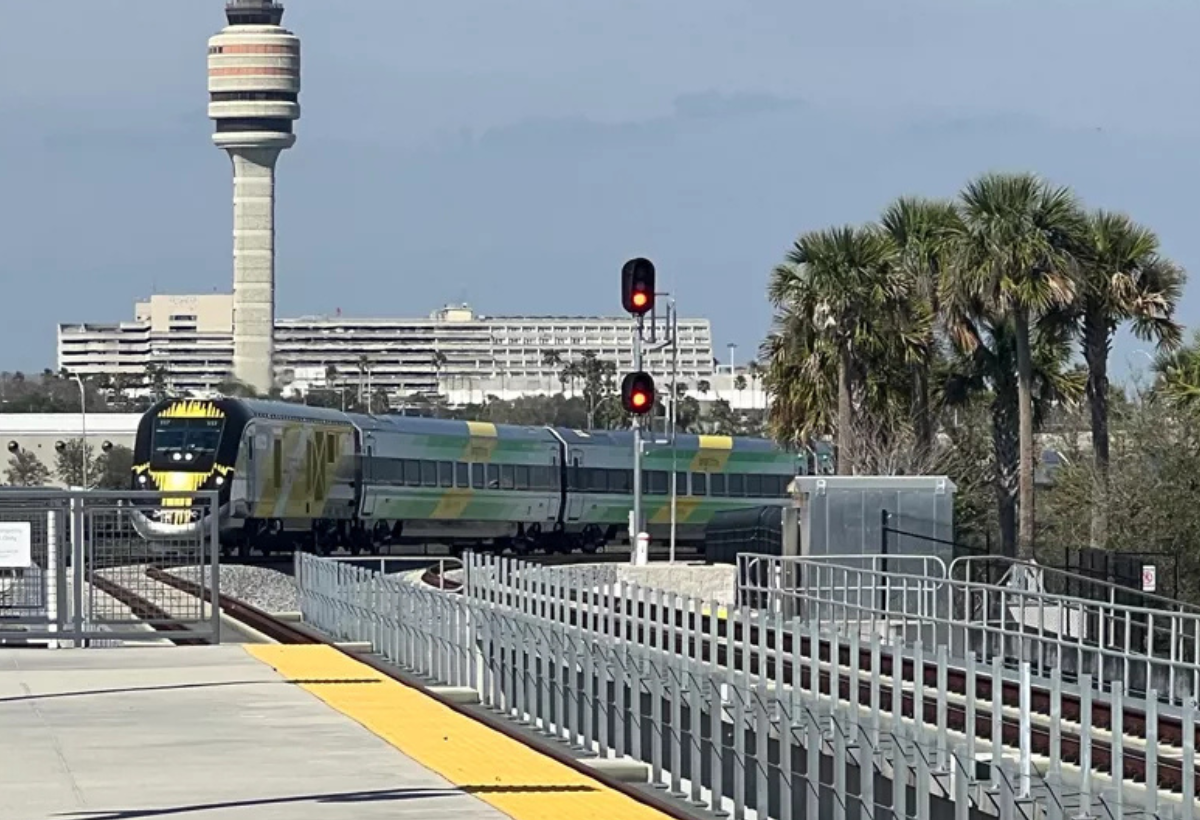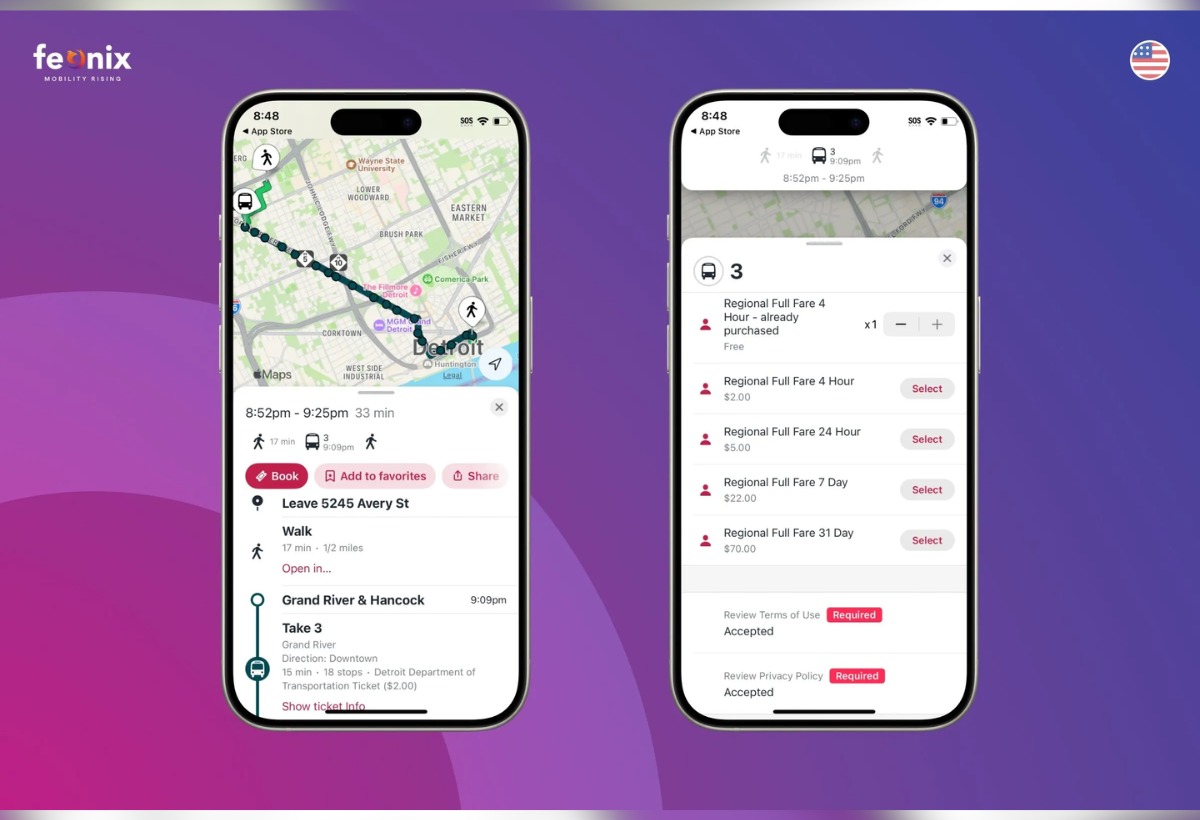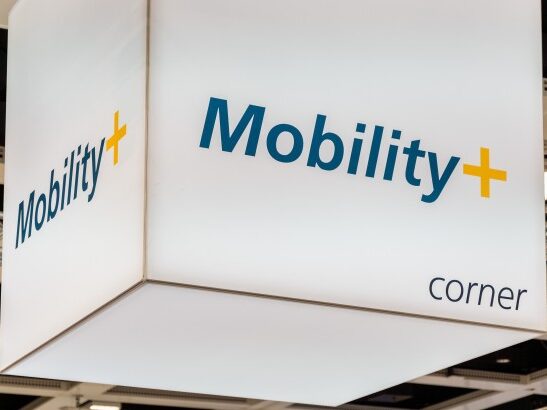Transit agencies in the United States face numerous challenges. The average commute time for American workers is 26 minutes, yet a staggering 77% drive to work – only 3% use public transportation.
This stark imbalance underscores a lack of infrastructure, convenience, and availability in public transit options, coupled with a strong car culture.
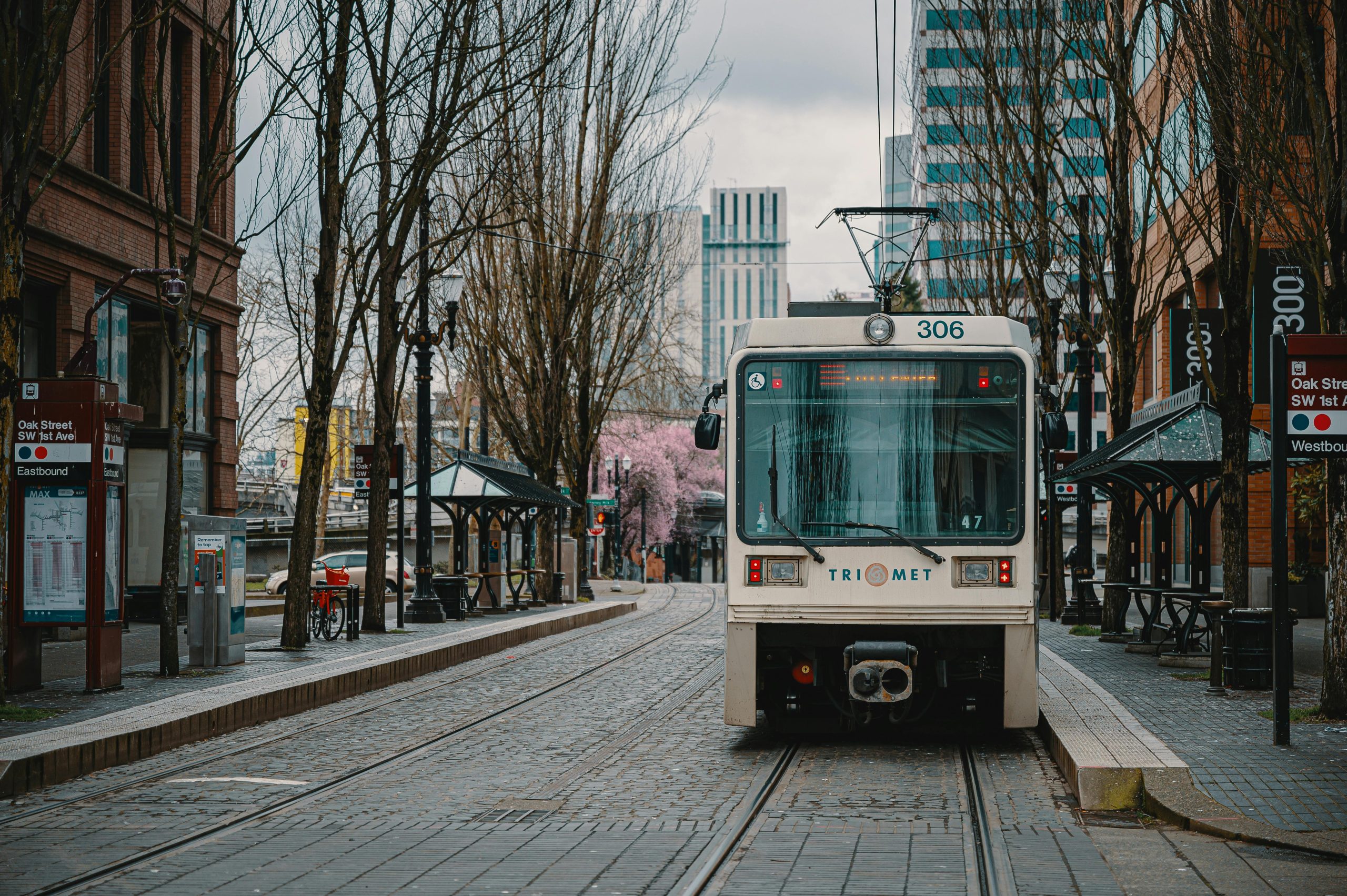
Despite these challenges, innovative solutions are emerging, offering the potential to reshape transit services and enrich the commuter experience. In this article, we’ll explore how journey planning technology can enhance efficiency, improve user satisfaction, and support a more sustainable transport system.
The Current State of Transit Services
To get a good idea of the difference that these solutions can make, it’s important to first take a closer look at some of the specific problems transit agencies face. One concern is route inefficiencies which have arisen from outdated networks that fail to adapt to current population distributions and employment centers. The shift towards remote work has further influenced traditional commuting patterns, with ridership only expected to rise to approximately 85% of pre-pandemic levels by 2026.
As agencies struggle to balance peak hour congestion with off-peak underutilisation, there is widespread customer dissatisfaction due to long wait times and unreliable services. Coupled with this, transit has suffered considerable fare revenue losses with uneven recovery across cities after Covid, which is further exacerbated by budget constraints.
Aging infrastructure and deferred maintenance combined with staffing shortages affecting 96% of American transit agencies, further strain the system. This situation increases commuter stress, results in lost productivity and contributes to a growing reliance on personal vehicles. Such trends heighten economic inequality and environmental concerns, with significant cost and time wasted, disproportionately impacting lower-income brackets.
Journey Planning Software: A Paradigm Shift
A move towards a more user-centric, data-driven approach is required to radically change how transit is planned, operated and experienced. That’s what journey planning software brings to the table with its ability to provide commuters with more information, options and control over their journeys. In essence, it has the potential to change the relationship between transit agencies and their riders to one that is more actively engaged.
In cities across the United States, commuters are struggling to access suitable transport modes. Journey planning software can bridge that gap by combining all available transit modes into one app – including the car. While the ultimate goal is to encourage people to take public transportation or other shared mobility options where available, in some states there is no choice but to use private vehicles. By including this mode alongside valuable features such as parking options, like those offered by Flowbird, agencies are at least giving visibility to more sustainable transport choices where available.
A More Integrated Approach to US Transit
One thing is clear. Modern transit systems need smarter strategies. Digital journey planning, driven by real-time data and predictive analytics, offers a powerful solution to streamline transit operations and better serve commuters. It enables optimized routing by considering factors such as traffic conditions, distance, and road restrictions, real-time GPS tracking so users can follow their routes, and instant notifications to provide updates on delays or changes. Together with integrated multi-modal options—like buses, trains, and ride-sharing services—journey planning software ensures a more seamless, connected experience for commuters.
Specialist mobility software providers like SkedGo employ advanced route optimization algorithms that can handle complex scenarios with multiple stops, adapting to events as they happen – all from one app. SkedGo’s APIs and SDKs enable agencies to integrate advanced journey planning features into both new and existing platforms. They seamlessly integrate with booking, payment and many other services and systems, and can also localize apps to take account of unique geographic requirements.
These algorithms can also help to provide data-driven insights so agencies can anticipate demand, adjust routes, and enhance service frequency, reducing wait times and congestion. Features like wheelchair accessibility information and audio guidance prioritize inclusivity, building stronger relationships with riders and fostering a smoother, more personalized – and predictable – commuting experience for everyone.
Reaping the Rewards
Thankfully, there are a growing number of transit agencies across North America that are seeking the benefits from digital journey planning, booking and ticketing apps.
Masabi‘s decade-long partnership with New York’s Metropolitan Transportation Authority (MTA) has helped to transform public transit ticketing in one of the world’s largest cities. What began with the introduction of mobile ticketing has evolved into a larger project to integrate Long Island Rail Road (LIRR) and Metro-North Railroad (MNR) into the OMNY (One Metro New York) system. Today, mobile ticketing accounts for 70% of MNR and LIRR revenues, with Masabi’s app receiving a 4.9-star rating. This success demonstrates the impact of digital applications in reducing cash transactions and the need for vending machines, benefiting both transit agencies and commuters.
Transforming US Transit
The progress so far sees transit agencies (and those they serve) benefiting from the adoption of digital journey planning and ticketing systems. This will become increasingly important as cities pursue sustainability and livability, although given the US accounts for almost a quarter of global transport emissions, there is still some way to go.
However, by embracing these technologies, transit agencies can move towards a future where public transportation isn’t just a necessity, but a preferred choice for urban dwellers. This shift will play a crucial role in reducing congestion, lowering emissions, and enhancing the quality of life for city residents, fostering more sustainable and commuter-friendly urban environments.If you would like to find out how our journey planning solutions can support your community, city or region, please get in touch with our team.
This article was originally published by SkedGo.






